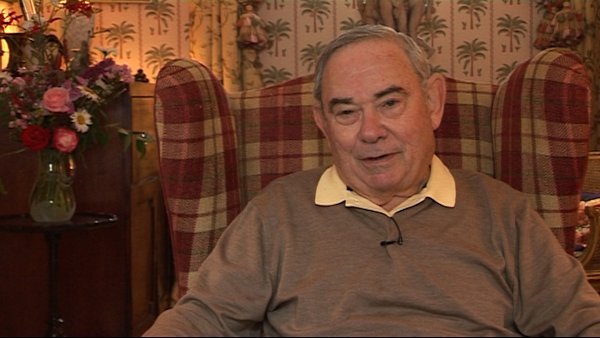NEXT STORY

The discovery of the SV40 virus
RELATED STORIES

NEXT STORY

The discovery of the SV40 virus
RELATED STORIES



Hilary Koprowski, because of his contacts in the field of vaccinology worldwide, was visited frequently by people in the field and we had frequently the pleasure of meeting these folks and now that my paper was published and by this time we had shown the good growth or, I should say, replication of polio virus in these cells, the polio vaccine community began to pay attention, especially because of some events that occurred just about that time that made the problems of monkey kidney even more serious. And that was that because of the problems with viruses found in those cells, manufacturers and, in particular Maurice Hilleman at Merck, were looking at other monkey species.
There are hundreds of species of monkeys. The Rhesus and the Cynamologous monkeys were the most common ones used but Maurice decided to explore other monkeys in respect to finding some that were free of these potentially dangerous viruses, one of which, at that time, had already been discovered to produce comas in people who were accidently inoculated with primary kidney cell fluids. These unfortunate people were usually, in manufacturing facilities, receiving an inoculation from a broken glass bottle containing cultured monkey kidney cells.
There are several people who were... it was pretty well know that that was the source and there were other people, one man in particular by the name of Karl Habel, a very well known, highly respected virologist, wonderful personality, went into coma one time and it was believed that his many years of working with monkeys and monkey kidneys was the source of his unfortunate disease.
Leonard Hayflick (b. 1928), the recipient of several research prizes and awards, including the 1991 Sandoz Prize for Gerontological Research, is known for his research in cell biology, virus vaccine development, and mycoplasmology. He also has studied the ageing process for more than thirty years. Hayflick is known for discovering that human cells divide for a limited number of times in vitro (refuting the contention by Alexis Carrel that normal body cells are immortal), which is known as the Hayflick limit, as well as developing the first normal human diploid cell strains for studies on human ageing and for research use throughout the world. He also made the first oral polio vaccine produced in a continuously propogated cell strain - work which contributed to significant virus vaccine development.
Title: Dangers surrounding the use of cultured monkey kidney cells
Listeners: Christopher Sykes
Christopher Sykes is a London-based television producer and director who has made a number of documentary films for BBC TV, Channel 4 and PBS.
Tags: Hilary Koprowski, Karl Habel, Maurice Hilleman
Duration: 2 minutes, 38 seconds
Date story recorded: July 2011
Date story went live: 08 August 2012